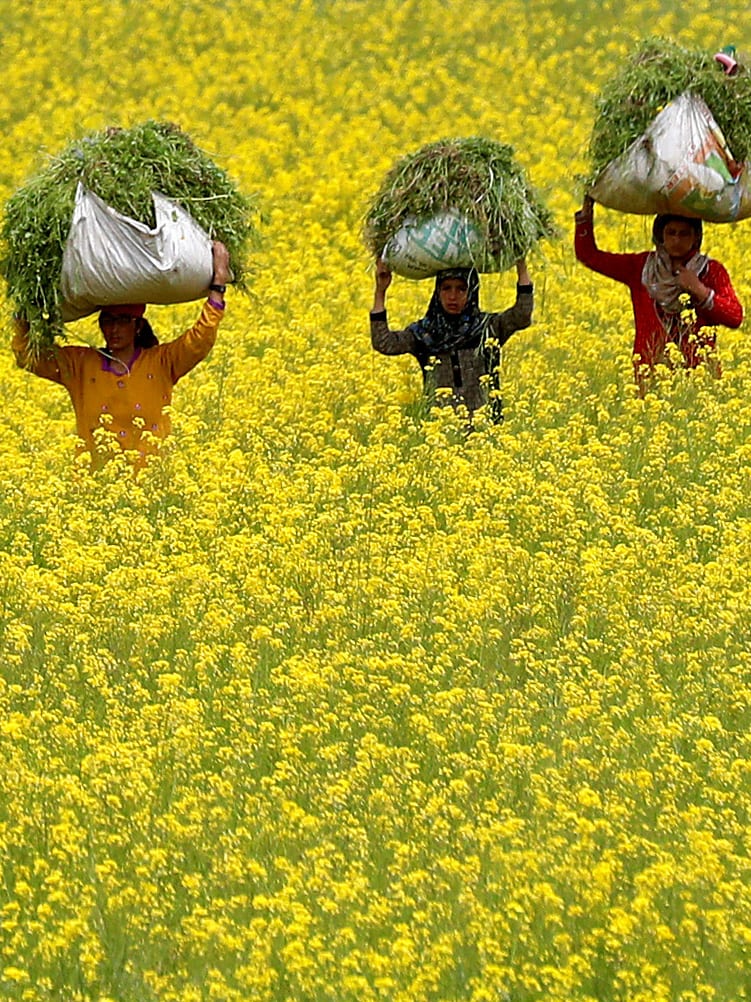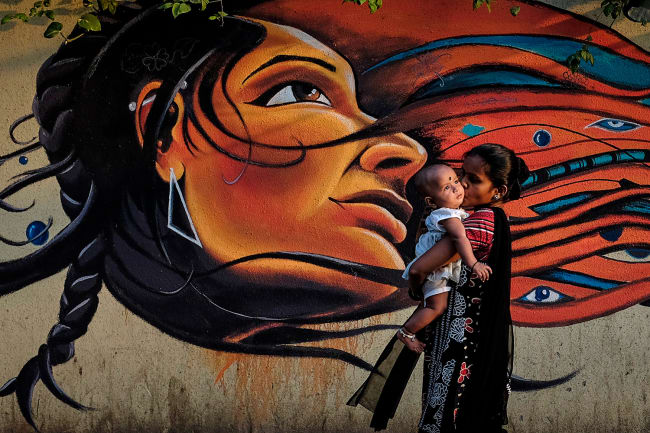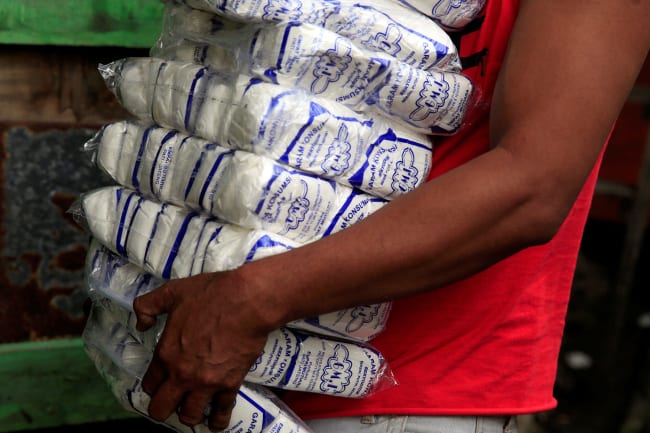This May, as fears of the coronavirus pandemic shut down most economic activity, Pallavi Kaur (not her real name), a forty-three-year-old mother of two suffering from hypertension and diabetes mellitus, visited the new Raipur Health and Wellness Center located just a fifteen-minute walk from her home. A community health officer at the center answered Kaur's questions and provided counseling for her conditions. Clinicians consulted with Kaur through an onsite telemedicine facility. Kaur received necessary tests and was prescribed medication by a consulting doctor. She left the clinic with new guidance and support to keep her blood pressure and blood sugar levels in check.
It's possible to expand access to primary health-care services, even during a pandemic
Successes like this from Punjab's health and wellness center program show that it's possible to expand access to primary health-care services, even during a pandemic. Since October last year, the number of health and wellness centers in the Punjab has more than tripled, to 2,042 this August. Over the same time period, more than 1,000 community health officers and district program managers were trained to provide care. From April through August, health and wellness centers conducted more than 2.8 million consultations with people in Punjab, including one million consultations on diabetes and hypertension. How was all this accomplished during a national lockdown?
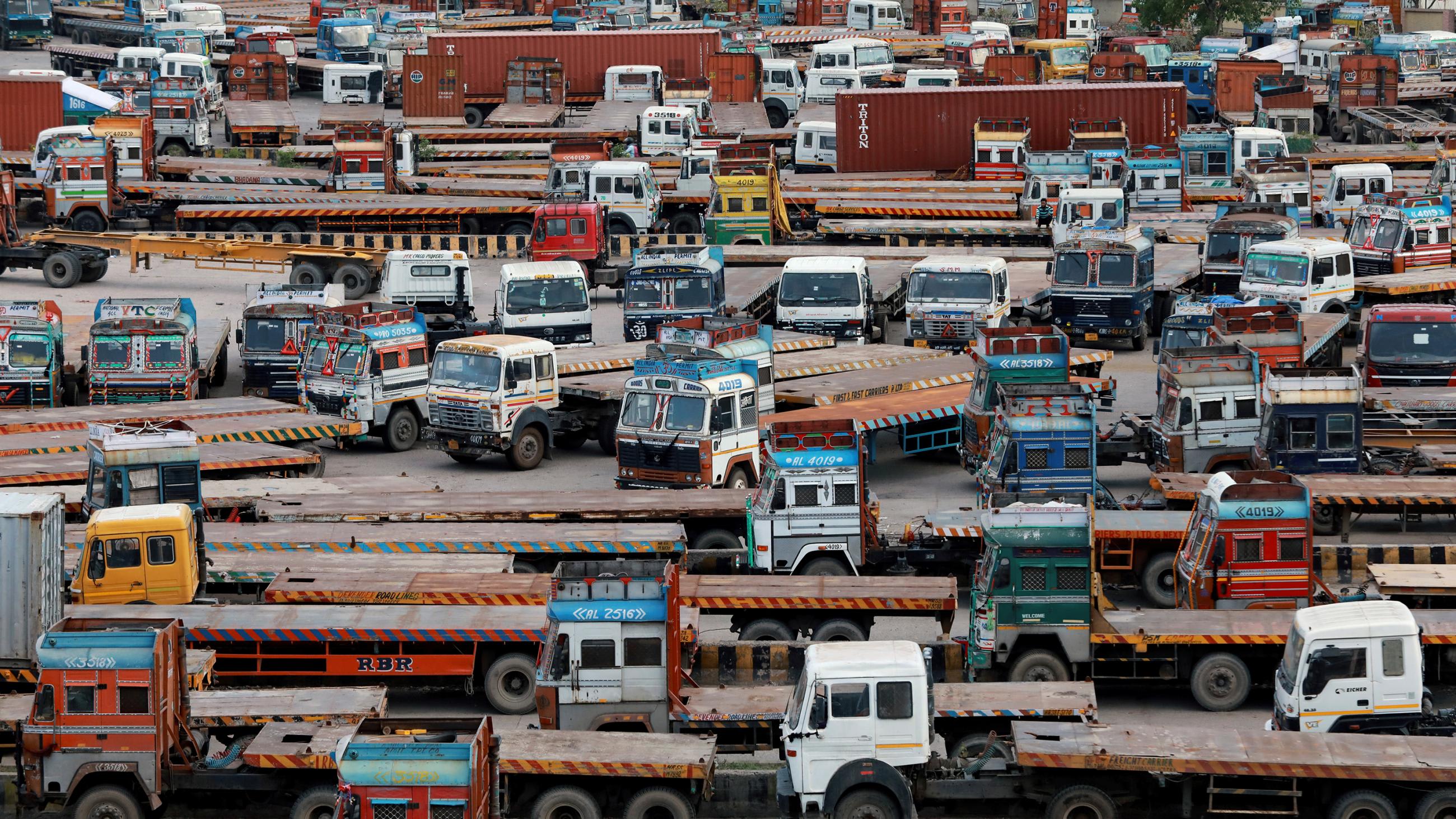
The Ayushman Bharat "Healthy India" Initiative
Expanding access to health and wellness centers is a critical component of India's strategy to deliver quality health care to all at an affordable cost. The country's Ayushman Bharat (Healthy India) initiative, launched in February 2018, calls for the creation of 150,000 health and wellness centers across the country to provide comprehensive primary health care, including free essential drugs and diagnostic services, close to people's homes. The initiative also aims to cover low-income people and vulnerable families against financial risk arising from medical catastrophes.
The Ayushman Bharat initiative calls for the creation of 150,000 health and wellness centers
Ayushman Bharat is an attempt to move India from a sectoral, segmented approach to health service delivery to one that is needs-based and holistic, covering prevention and ambulatory care at primary, secondary and tertiary levels. Health and wellness centers operate in both rural and urban areas, each serving 3,000–5,000 residents to keep "time to care" below thirty minutes. Throughout the ongoing COVID-19 emergency, while India was under lockdown, Punjab's health and wellness centers continued to expand access to health services to the underserved in hard-to-reach areas. These services included maternal and child health, noncommunicable and communicable disease prevention and treatment, and the distribution of free essential drugs and diagnostic services. As a result, Punjab received Ayushman Bharat's top ranking for state health and wellness center program operations.

Secrets to Success in Punjab
What was behind the Punjab's success? First, an emphasis on human resources. More than 1,000 community health officers and district program managers were trained by district learning centers and health and wellness centers "nodal units" to support the rapid scale-up of health and wellness centers. The state-run nodal units conducted periodic supervision and monitoring visits to health and wellness centers across the state. Punjab is now the leading state in India opening new health and wellness centers with the required human resources and logistical support.
Based on the initial results, Punjab expanded telemedicine services to more than seven hundred health and wellness centers across the state
Another factor was a focus on telemedicine. The Global Health Advocacy Incubator (GHAI), a U.S.-based nonprofit, provided support for Internet connectivity at 200 health and wellness centers, along with technical advisory services, online capacity-building programs for community health officers, supportive monitoring and evaluation, and an improved system for patients to provide feedback. The Post-Graduate Institute of Medical Education and Research and Strategic Institute for Public Health Education and Research (SIPHER), Chandigarh, an Indian nongovernmental organization, helped implement the hub and spoke model for telemedicine services. This allowed health and wellness centers to expand the range of consultation services they were able to provide. Based on the initial results, Punjab expanded telemedicine services to more than seven hundred health and wellness centers across the state. More than six thousand teleconsultations were provided from April through August 2020.
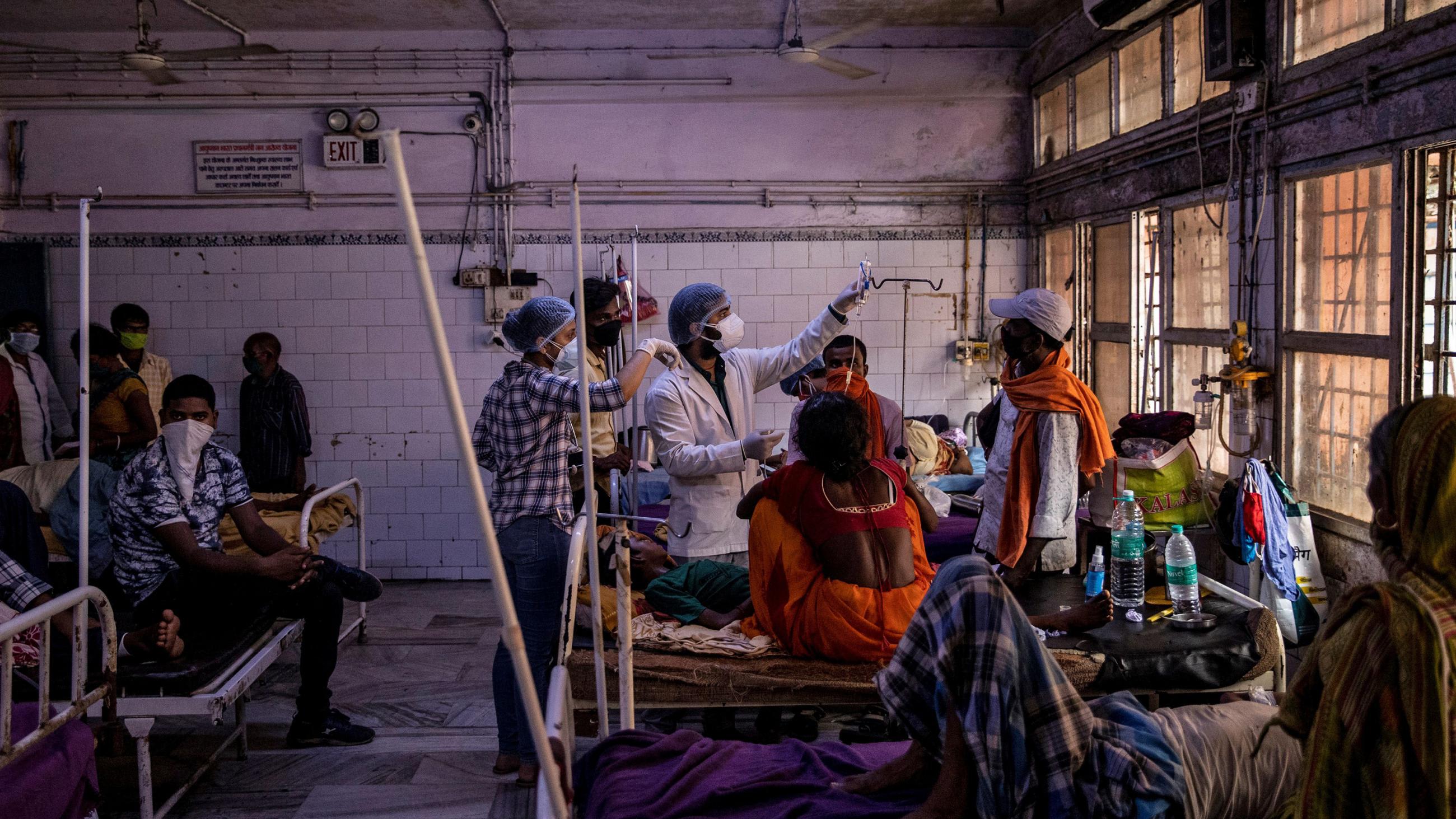
As important as the technical and institutional improvements were, their scale-up depended on political will and public awareness. The Global Health Advocacy Incubator collaborated with the state government to plan for the expansion of health and wellness centers and conducted an outreach campaign to the public. Partly as a result, more people visited the centers, including for the screening, diagnosis and treatment of noncommunicable diseases.
A Game Changer in Context—Specific Locally Adaptive, and Sustainable Care
Health and wellness centers were designed to be game-changers that can help bring universal health coverage to underserved areas. They are meant to provide care that is context-specific, locally adaptive, and sustainable.
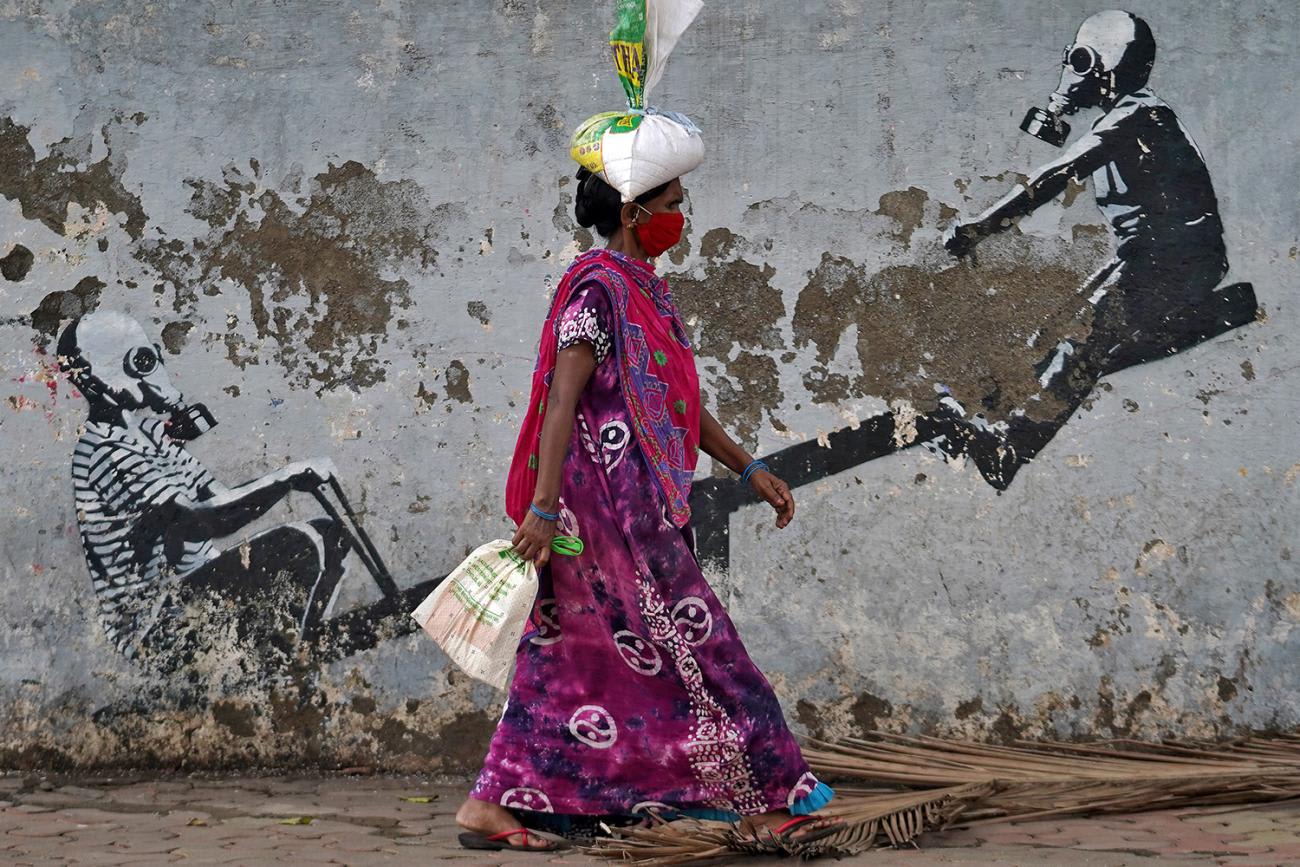
Although these centers are public facilities, civil society partnerships contributed to their success in Punjab. Nonprofit organizations helped the government to rapidly identify bottlenecks, assess community needs, cultivate local champions, pilot and demonstrate new programs, and provide strategic feedback to facilitate fine tuning and mid-course corrections.
As COVID-19 presents new challenges to already-stressed health systems, Punjab's success with health and wellness centers provides a promising example, and a potential model, for other countries attempting to achieve universal health coverage.
